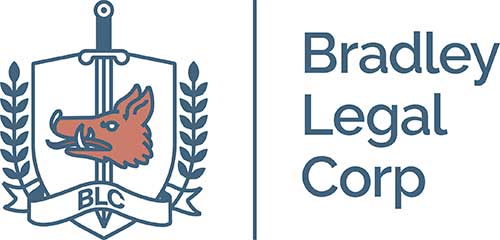ASSET PROTECTION ISSUE:
Does Bankruptcy Code Section 548(e) void a transfer to an Alaska DAPT, even if settlor was solvent at time of transfer?
CASE SUMMARY:
Mortensen was an Alaska resident and in 2005 settled an Alaska Domestic Asset Protection Trust with $60k of property in Alaska as well as between $80-$100K in cash which was actually gifted to him by his mother “to protect for her grandchildren.” He was solvent at the time of the transfer. Between 2005 and 2009 Mortensen accumulated $250K in debt, at least in part due to medical bills.
The issue before the court centers around 11 U.S.C. sec. 548 (e) of the Bankruptcy Code, which he was attempting to use to wipe out his debt and keep the trust assets. Sec. 548 specifically states:
(e)(1) In addition to any transfer that the trustee may otherwise avoid, the trustee may avoid any transfer of an interest of the debtor in property that was made on or within 10 years before the date of the filing of the petition, if –
(A) such transfer was made to a self- settled trust or similar device;
(B) such transfer was by the debtor;
(C) the debtor is a beneficiary of such trust or similar device; and
(D) the debtor made such transfer with actual intent to hinder, delay, or defraud any entity to which the debtor was or became, on or after the date that such transfer was made, indebted.
TRIAL RESULT:
The court noted in its argument that Section 548(e) was specifically intended to close the loophole of the Domestic Asset Protection Trusts, and came to the result that even though Mortensen was solvent when he created the Trust, and it was only for future potential creditors, it was still included in the Bankruptcy estate.
This is true even though the cash was initially gifted to him by his mother. The irony in that is that his mother could have set up a very simple spendthrift trust which would have clearly protected those assets from his creditors, and by giving it to him to fund his DAPT, she actually exposed it.
LINK TO CASE DOCKET: https://www.akb.uscourts.gov/opinions/10abr/10abr146.htm
ASSET PROTECTION SUMMARY:
This was the initial knock down blow for Domestic Asset Protection Trusts. As a case of first impression many commentators have been hesitant to declare it the knock-out blow. I disagree. Regardless of the path the DAPT law takes, there is almost no route that leads to the DAPT being a true asset protection vehicle. There is one missing ingredient which the Domestic trust will never, ever have – the ability to disregard the judgement of another jurisdiction.
This is the primary and overriding benefit of an Offshore Asset Protection Trust – A jurisdiction like The Cook Islands, statutorily cannot recognize a judgement from any other jurisdiction! This, combined with the extremely difficult statutory hurdles the jurisdiction puts in front of anyone attempting to gain access to the Trust is what gives an Offshore Asset Protection Trust its strength.
The Domestic jurisdictions literally have (and will always have) only half of the formula. Because of Article IV of the U.S. Constitution, all U.S. states must give “full faith and credit” to the judgements of all other states. For an Asset Protection Trust to work it requires both halves!
TAKE AWAY:
Take away on this case is simple. Do not use a Domestic Only Asset Protection Trust. The benefits of using a domestic trust are many and significant, but when it comes time to fight it, you must be offshore!


Recent Comments